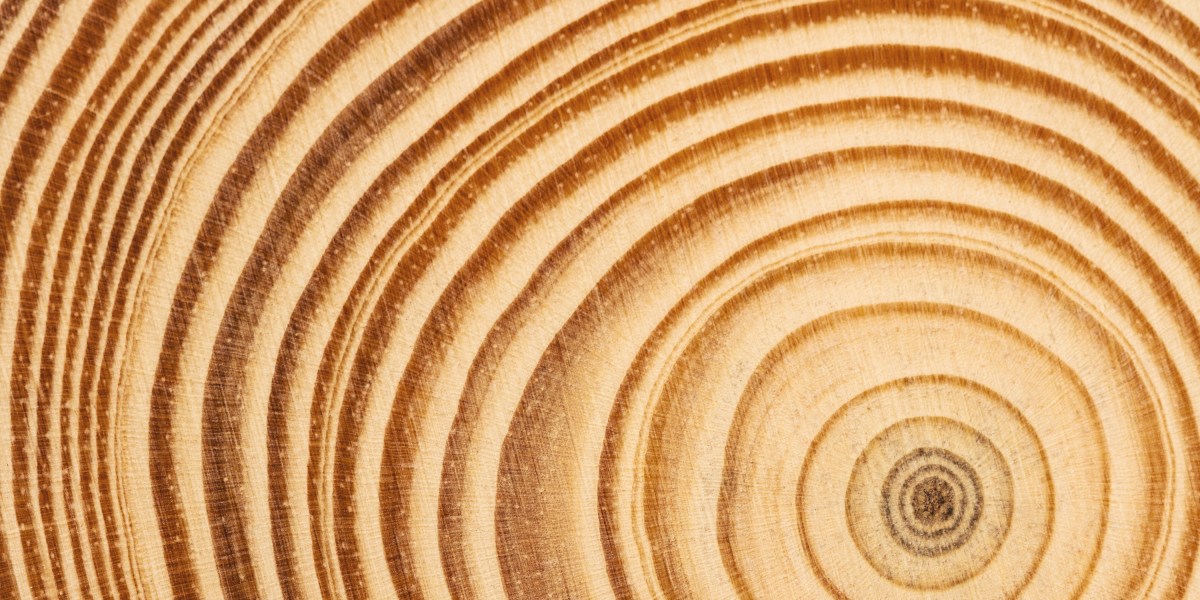It’s taken several decades of work and hundreds of scientists to develop the records that researchers used for this new paper, said Max Torbenson, one of the authors of the study, on a press call. There are over 10,000 trees from nine regions across the Northern Hemisphere represented, allowing the researchers to draw conclusions about individual years over the past two millennia. The year 246 CE once held the crown for the warmest summer in the Northern Hemisphere in the last 2,000 years. But 25 of the last 28 years have beat that record, Torbenson says, and 2023’s summer tops them all.
These conclusions are limited to the Northern Hemisphere, since there are only a few tree ring records from the Southern Hemisphere, says Jan Esper, lead author of the new study. And using tree rings doesn’t work very well for the tropics because seasons look different there, he adds. Since there’s no winter, there’s usually not as reliable an alternating pattern in tropical tree rings, though some trees do have annual rings that track the wet and dry periods of the year.
Paleoclimatologists, who study ancient climates, can use other methods to get a general idea of what the climate looked like even earlier—tens of thousands to millions of years ago.
The biggest difference between the new study using tree rings and methods of looking back further into the past is the precision. Scientists can, with reasonable certainty, use tree rings to draw conclusions about individual years in the Northern Hemisphere (536 CE was the coldest, for instance, likely because of volcanic activity). Any information from further back than the past couple of thousand years will be more of a general trend than a specific data point representing a single year. But those records can still be very useful.
The oldest glaciers on the planet are at least a million years old, and scientists can drill down into the ice for samples. By examining the ratio of gases like oxygen, carbon dioxide, and nitrogen inside these ice cores, researchers can figure out the temperature of the time corresponding to the layers in the glacier. The oldest continuous ice-core record, which was collected in Antarctica, goes back about 800,000 years.

